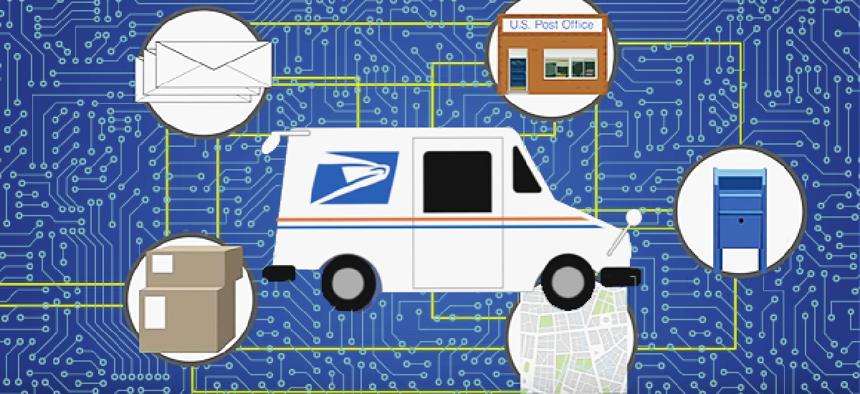GPUs power Postal Service analysis


Connecting state and local government leaders
By offloading compute-intensive portions of its tracking application from the central processor to the GPU, USPS can analyze its geolocation data faster.
The U.S. Postal Service processes and delivers 509 million pieces of mail to 155 million locations a day and operates over 214,000 vehicles to do so. To track the location of employees, vehicles, and individual pieces of mail in real time, USPS is leveraging graphic processing unit (GPU) accelerator technology.
The agency is using Kinetica’s distributed in-memory database, called GPUdb, to analyze its geolocation data, according to a report in Datanami. By offloading compute-intensive portions of the application from the central processor to the GPU, USPS can analyze its geolocation data faster than if the application was solely running on the CPU.
All USPS carriers carry a device that transmits their location every minute. That data helps improve carriers’ route efficiency, track individual mail pieces, reduce fraud and find anomalies in mail distribution, including overlapped coverage, uncovered areas and bottlenecks. Additionally, the technology allows the agency to see where spending would optimize performance and improve the efficacy of data analysis and the decision making process.
The system, which supports 15,000 concurrent users, taking in data from over 213,000 scanning devices, went live in November 2014.
Already, USPS is saving money fuel costs and by reducing the size of its fleet. According to the chip maker Nvidia, whose Tesla GPU accelerators are part of the technology, USPS delivered more than 150 billion pieces of mail last year, while driving 70 million fewer miles, saving 7 million gallons of fuel and preventing 70,000 tons of carbon emissions.
“For the first time in history, USPS is able to see their entire mobile workforce in real time,” Amit Vij, the CEO of Kinetica, told Datanami. “USPS never knew how much mail was going into a particular distribution center or post office. It would take them days or weeks to determine that. And they would always be too late because it was such a massive amount of data.”
Ultimately, USPS wants to create “the Internet of Postal Things,” which could incorporate sensors on vehicles, postal buildings, mailboxes, letters and parcels to increase efficiency, security, reduce energy consumption, perform other tasks useful to local authorities, and ensure items won’t get lost.
NEXT STORY: A More Resilient Next Generation 911 Network?




